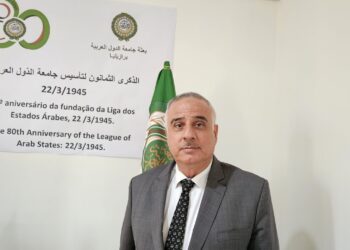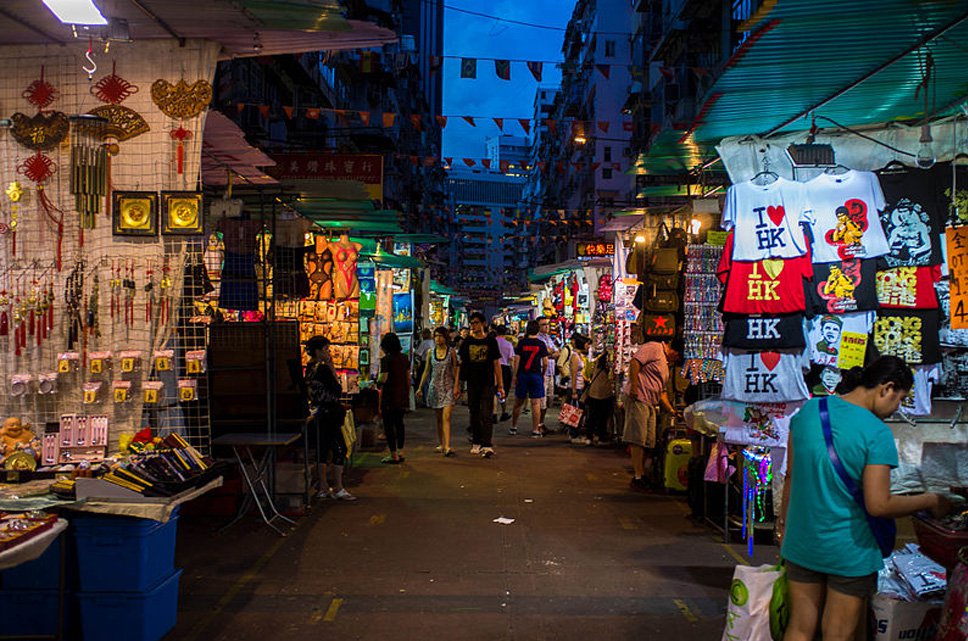[:pb]
Unpublished photos are anthropological witnesses of the meetings with the Indians
Oda Paula Fernandes
The embassy of Belgium in Brasília and the Indian People’s Memorial have released in the night of this Wednesday, July 6, the exhibition “Traveling Journals – photographs of the king Leopold III in Brazil”. Unpublished, the show brings images specially selected, taken by the king Leopold III when traveling around Brazil in 1964. The pictures portrays the daily lives of the indigenous tribes in the states of Mato Grosso and Pará (Suya, Txicão or Txukarramae and Yawalapiti). There is also images of the king with the Indians, made by his expedition mates. The show is open to the public until August 14.
The ambassador of Belgium, Josef Smets, have received, along with the princess Maria-Esmeralda, ambassadors, the first lady of the Federal District, Márcia Rollemberg, the diplomatic corps, international organisms, journalists, congressmen and guests. “A strong public politic supporting the rights of the indigenous peoples is of a big value. This is why we need strong women and men in movements that also involve international institutions and organisms”, declared Smets. For the princess, the exhibition reflects a love story about her father with Brazil and with the indigenous cultures. “His intention was to capture and promote the indigenous fight”, emphasized Maria-Esmeralda.
Chief of the ethnic group Tukano and director of the Indian People’s Memorial, Álvaro Tukano, highlighted the importance of the women in the education of the children for the preservation and conservation of nature. “I am here representing the peoples of this land, brothers, friends, indigenous and I made sure to bring the princess here to bless her according to my traditions”, said the Cacique. Following, he have realized two little ceremonies in the Indian language for protecting Maria-Esmeralda and to honor the king Leopold III, also thanking the people present at the event and Mother Nature.
“Traveling Journals” – The photographs are reports of the paths taken by king Leopold III. The images emphasize aspects such as the intensity of the storm, the vastness of the river, the light on the water, the boy’s concentration, a child’s liveliness and the tangle of the forest. Son of the king Albert I and the queen Elisabeth, Leopold III (1901-1983) reigned from 1934 to 1951. After abdicating the throne in favor of his son Baudouin, the king has dedicated his life to scientific research projects and exploratory trips in Central África, Venezuela and Brazil, where he has traveled in train for three times between 1962 and 1967, visiting several cities and regions. The concentration of the expeditions took place in Central Brazil and the Amazon.
Fond of research and impressed with the natural beauty of Brazil, especially the Xingu and Amazon, the pictures taken by the king belong to the Leopold III Fund Exploration and Protection of Nature, based in the Brussels Museum of Natural Sciences. The rich collection of images of a great journey also show moments when he attended an expedition with the Villas Boas brothers, in order to contact the Txicão Indians, between October 4 and December 8, 1964.
Princess Maria-Esmeralda – Since 1983, the youngest daughter of the king, Her Royal Highness Princess Maria Esmeralda, is president of the Fund and never ceased to promote this heritage, which is priceless for the human history. She recalled that when they were in Brazil, she as a child, with her father, she felt jealous of him with the love story between him, Brazil and the Indians. The princess reported that after a few years she received a message from an Indian who followed her father everywhere he went in the village. “That Indian, now adult, wanted to meet me to show gratitude for the generosity and affection that my father had with the indigenous people in Brazil”, said Maria-Esmeralda during the ceremony. Leopold III Fund Exploration and Nature Protection provides grants to scientists for research missions in the field, publications and manages scientific archives of great diversity.
The first lady of the Federal District, Marcia Rollemberg also paid tribute to the exhibition and stressed the importance of maintaining these ties between Brazil and Belgium, which have started in the last century. “The princess toasts us with this connection visit that have started with a visit from her father, king Leopold. This time reinforcing the need to keep this theme that connects us to knowledge and traditions of these people, to strengthen the visibility of indigenous struggle in Brazil, which seeks to revitalize the culture of peace among peoples”, emphasized Marcia Rollemberg.
Tribos indígenas sob a lente do Rei Leopoldo III
Fotos inéditas são testemunhas antropológicas dos encontros com os índios
| Oda Paula Fernandes
A Embaixada da Bélgica em Brasília e o Memorial dos Povos Indígenas inauguraram na noite desta quarta, 6 de julho, a exposição “Diários de Viagem – Fotografias do Rei Leopoldo III no Brasil”. Inédita, a mostra traz imagens especialmente selecionadas, feitas pelo Rei Leopoldo III em viagem ao Brasil em 1964 que retratam o cotidiano de tribos indígenas nos estados de Mato Grosso e Pará (Suyá, os Txicão ou ainda os Txukarramãe e os Yawalapiti). Há imagens do rei com os índios, feitas por seus companheiros de expedição. A mostra fica aberta ao público até 14 de agosto.
O embaixador da Bélgica, Josef Smets recebeu ao lado da princesa Maria-Esmeralda, embaixadores, a primeira dama do Distrito Federal Márcia Rollemberg, corpo diplomático, organismos internacionais, jornalistas, deputados distritais e convidados. “Uma política pública forte em apoio aos direitos dos povos indígenas é de grande importância. Por isso precisamos de mulheres e homens fortes, em movimentos que envolvem também instituições e organismos internacionais”, declarou Smets. Para a princesa, a exposição reflete uma história de amor do pai pelo Brasil e pela cultura indígena. “A intenção dele era capturar e divulgar a luta indígena, enfatizou Maria-Esmeralda.”
Cacique da etnia Tukano e diretor do Memorial dos Povos Indígenas, Álvaro Tukano, ressaltou a importância da mulher na educação dos filhos para a preservação e conservação da natureza. “Estou representando aqui os povos dessa terra, irmãos, amigos, indígenas e fiz questão de trazê-la aqui para abençoar a princesa na minha tradição”, disse o cacique. Em seguida, ele realizou duas pequenas cerimônias no idioma indígena, de proteção à Maria-Esmeralda e uma de homenagem ao Rei Leopoldo III e agradecimento aos presentes no evento e à Mãe Natureza.
“Diários de Viagem” – As fotos são relatos dos caminhos percorridos pelo Rei Leopoldo III. As imagens enfatizam aspectos como a intensidade da tempestade, a vastidão do rio, a luz sobre a água, a concentração do menino, a vivacidade de uma criança e o emaranhado da mata.
Filho do Rei Albert I e da Rainha Elisabeth, Leopoldo III (1901-1983) reinou de 1934 à 1951. Após abdicar ao trono em favor em favor de seu filho Baudouin, o Rei dedicou-se a projetos de pesquisa científica e a viagens exploratórias na África Central, na Venezuela e no Brasil onde esteve pro três vezes entre 1962 e 1967 percorrendo, em comitiva, várias cidades e regiões brasileiras. A concentração das expedições aconteceu no Brasil Central e na Amazônia.
Apaixonado por pesquisas e impressionado com as belezas naturais do Brasil, em especial pelo Xingu e Amazônia, as imagens pertencem ao Fundo Léopoldo III de Exploração e Proteção à Natureza, com sede no Museu de Ciências Naturais de Bruxelas. O rico acervo de imagens da grande jornada mostram ainda momentos de quando participou de expedição com os irmãos Villas Boas, para contatar os índios Txicão, entre 4 de outubro e 8 de dezembro de 1964.

A princesa Maria-Esmeralda – Desde 1983, a filha caçula do Rei, Sua Alteza Real a Princesa Maria Esmeralda, é presidente do Fundo e nunca cessou de promover esta herança, patrimônio inestimável da história humana. Ela lembrou que quando esteve no Brasil, ainda criança, com meu pai, sentiu ciúmes dele com a história de amor entre ele, o Brasil e os índios. A princesa relatou que após alguns anos recebeu uma mensagem de um índio que seguia meu pai por todos os lugares que ele ia à aldeia. “Esse índio, agora adulto, queria me encontrar para demonstrar a gratidão pela generosidade e carinho que meu pai tinha pelo povo indígena no Brasil”, revelou Maria-Esmeralda durante a cerimônia. O Fundo Léopoldo III de Exploração e Proteção à Natureza concede subsídios a cientistas para missões de pesquisa em campo, publicações e gerencia arquivos científicos de grande diversidade.

A primeira dama do DF, Márcia Rollemberg, também homenageou a exposição e ressaltou a importância de manter esses laços entre Brasil e Bélgica, iniciados ainda no século passado. “A princesa nos brinda com essa visita de conexão iniciada com a visita de seu pai, o Rei Leopoldo. Nesta ocasião reforço a necessidade de mantermos essa temática que nos conecta aos conhecimentos e às tradições desses povos, para fortalecer a visibilidade da luta indígena no Brasil, da qual busca a revitalização da cultura de paz entre os povos”, enfatizou Márcia Rollemberg.

















